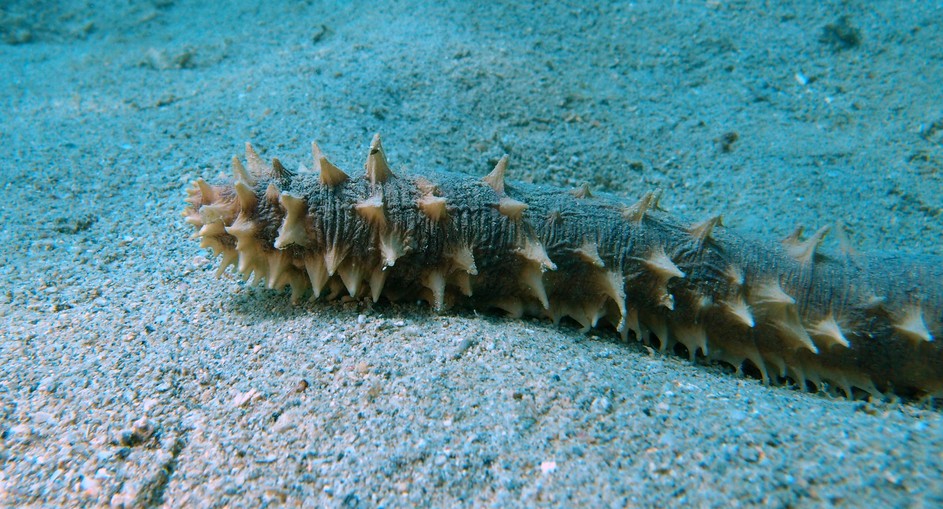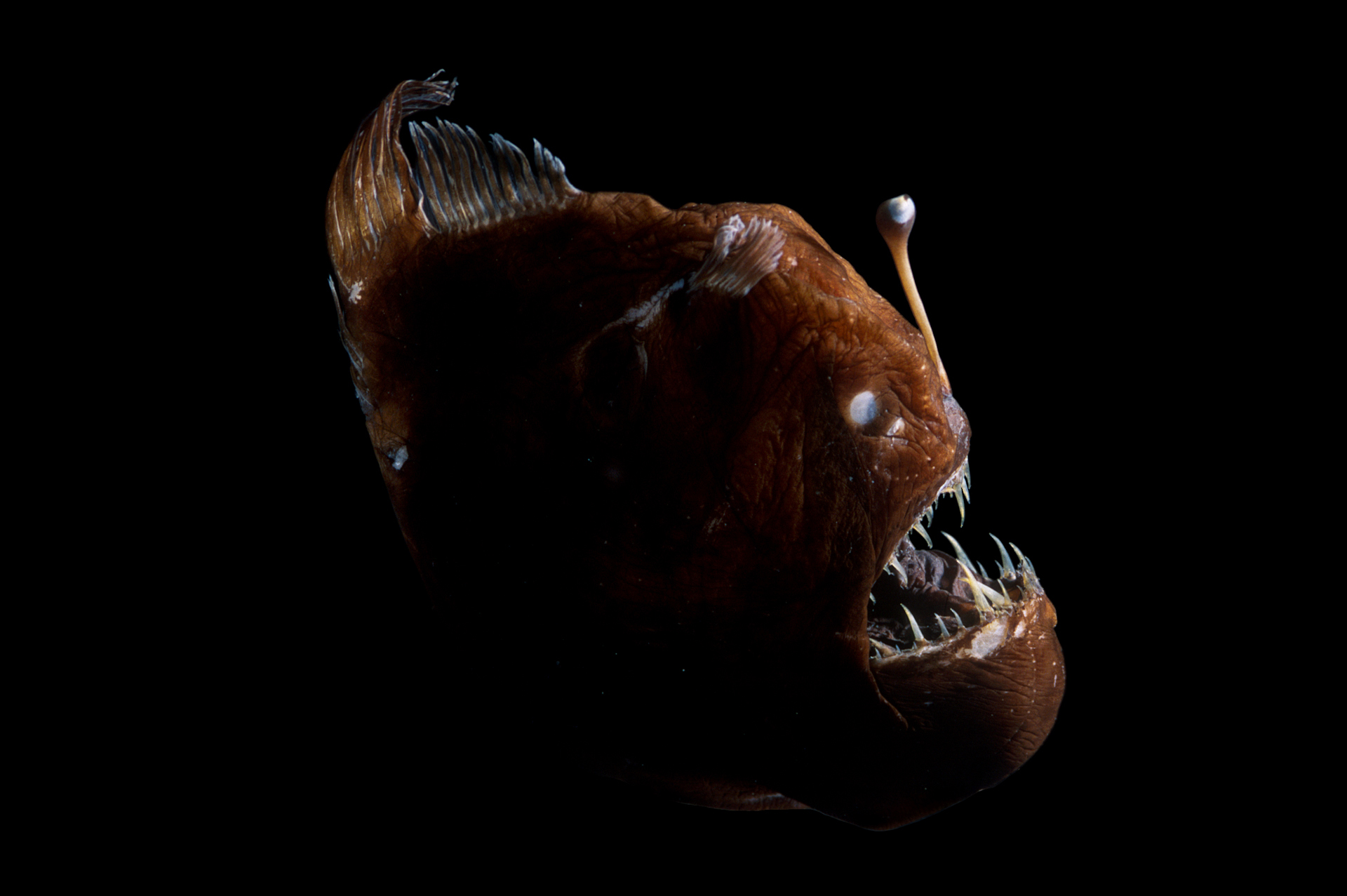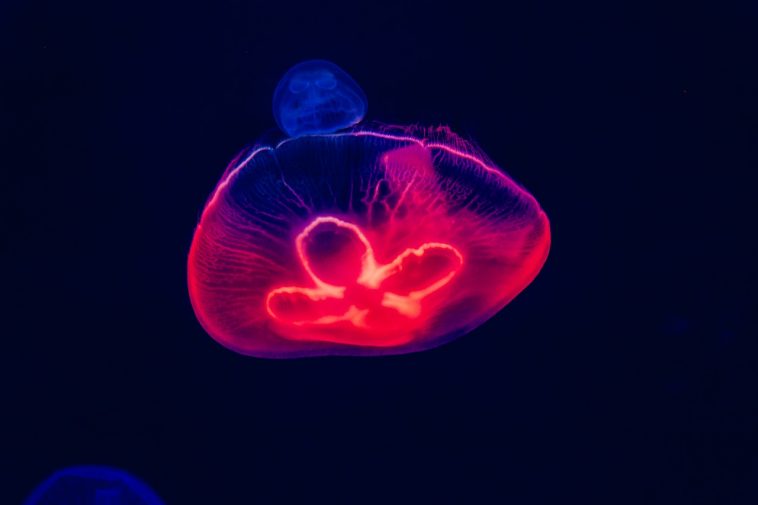You’ve no doubt been on the beach and seen some pretty interesting creatures, but there are still many oceanic invertebrates that remain completely unseen by humans, perhaps due to the difficulty of spotting them in their unique habitats. Just take this list of ten stunning oceanic invertebrates as proof of that notion; if you could see these incredible animals, you’d be stunned. In fact, you might even want to consider traveling to one of these far-flung locations to see these amazing sea creatures for yourself!
Leafy Sea Dragon
Contents

These stunning animals are found exclusively in Southern Australia, and though they may look like fish at first glance, they’re actually eel-like animals belonging to a phylum called Chaetognatha. Despite their appearance, sea dragons aren’t closely related to dragonfish at all; these creatures are actually more closely related to sticklebacks.
The Giant Isopod (Bathynomus giganteus)
The giant isopod, also known as a potato bug or a wood louse, is a deep-sea creature that looks like it was cooked up in some deep-sea lab. With red eyes and two antennae that look like they were drawn on with permanent marker, it’s easy to see why some people have made comparisons between these bizarre sea creatures and aliens from another planet.
The Swimming Sea Cucumber (Aeolidia papillosa)

Often mistaken for a jellyfish, sea cucumbers are more closely related to starfish and sea urchins. And although they look similar to their sand-burrowing cousins, Aeolidia papillosa makes its home in the ocean by burrowing into coral reefs, becoming partially or completely embedded in them. Although they don’t have true eyes, they can detect shadows and light changes with specialized sensory organs called pharyngeal ossicles.
The Magnificent Glaucus Atlanticus (Glaucus atlanticus)
There’s something rather awesome about a creature that’s unafraid to poke fun at death. The Glaucus Atlanticus, otherwise known as a blue dragon sea slug, spends its days floating along beneath tropical and temperate waters. For an animal that lives in waters where creatures like sharks roam, you might think it would employ some sort of hide-and-go-seek mechanism for self defense—but you would be wrong.
The Blue Dragon Nudibranch (Glossodoris atromarginata)

The Blue Dragon nudibranch can be found on coral reefs in Australian waters and Papua New Guinea. The blue dragon is one of over 500 species of dried up sea slugs that inhabit our oceans, and for good reason: They’re quite stunning. These sea slugs have adapted to their marine environment by creating mucus-lined, translucent outer coverings. Aside from giving them a cool translucent appearance, these coverings also protect them from external sources of harm and predators.
The Blue-Ringed Octopus (Hapalochlaena sp.)
The Blue-Ringed Octopus is a species of octopus that is characterized by its bright blue rings, which are normally only visible when they feel threatened. They have strong venom and will attack with no provocation. Luckily, human interaction is fairly uncommon in their natural environment because they are found at a depth of 500 to 1,000 meters below sea level, making them one of the deepest living cephalopods.
The Scavenger Sea Cucumber (Holothuria floridana)

Also known as sea pigs, these organisms are quite elusive and hard to spot. Sea cucumbers possess an armor-like skin that protects them from predators and is extremely resilient; they can survive in environments with little oxygen and even no water at all. They are also called the vacuum cleaners of the sea due to their ability to suck things out of coral reefs or other surfaces in order to consume. Sea cucumbers have a variety of uses including traditional Chinese medicine, cosmetics and aphrodisiacs.
Pfeffer’s Flamboyant Cuttlefish (Metasepia pfefferi)
Flamboyant Cuttlefish live in waters off East Africa and as far south as South Africa. Their striking coloration makes them a sight to behold, with some individuals displaying red stripes and others blue stripes. They are considered one of Earth’s most beautiful creatures; you’ll see why below.
Deep-sea Anglerfish (Melanocetus johnsoni)

This eel-like creature is one of about 4,000 known species of deep-sea anglerfish. One researcher said it’s one of the most bizarre fish you can find on planet Earth. Its face is a featureless disk with mouth at its center—and fang-like teeth that line its jaw.
The Humboldt Squid (Dosidicus gigas)
Found in all temperate, tropical and semi-tropical oceans of planet Earth. The Humboldt squid is a significant predator that feeds on fishes, cephalopods and crustaceans.



GIPHY App Key not set. Please check settings